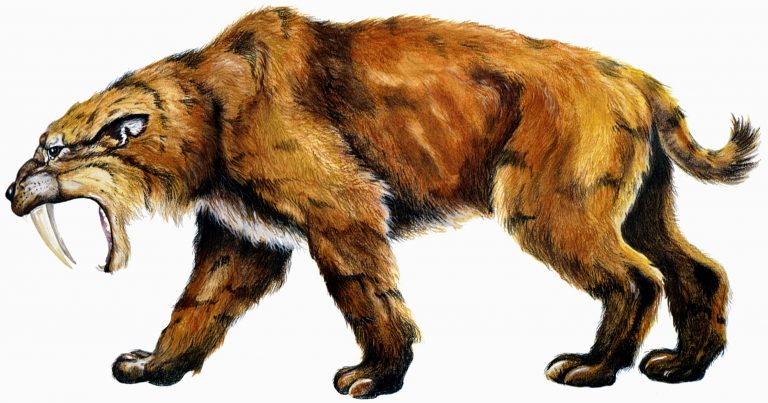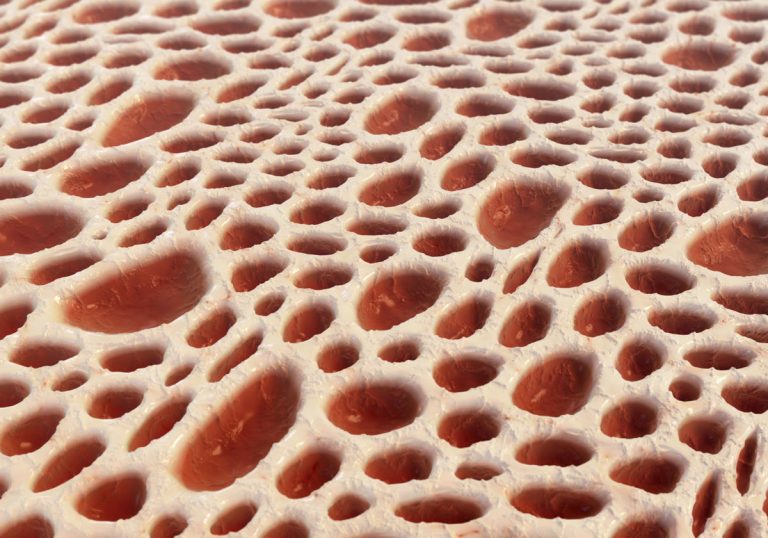The discovery in Alberta of the fragment of a bone from one of the large fore legs of Smilodon fatalis shows that the range of the prehistoric feline has indeed crossed the Canadian border.
Nowadays, Canada has only one big cat, the cougar.
The work of Ashley Reynolds and her colleagues at the Royal Ontario Museum and the University of Toronto establish for the first time that the saber-toothed tiger lived in the Medicine Hat, Alberta, area during the ice Age.
This discovery pushes the predator’s range a thousand kilometers further north.
Knowing that the smilodon’s range extended so far north in Canada tells us a lot about Pleistocene ecosystems and their evolution.
Ashley Reynolds
The fossil was identified during a review of the collections held at the Royal Ontario Museum. It was discovered in the 1960s in an escarpment along the South Saskatchewan River.
To date, no fossils of smilodon have been found north of the American Falls Reservoir in Idaho. Fossils have also been found in bitumen pits in California and South America.
That’s why the remains of this predator with the characteristic teeth found in Canada are so exciting and so amazing
, says David Evans of the MRO.
Did you know?
The smilodon was not the largest predator on American soil during the Pleistocene. He was contemporary with American lions and the short-faced bear.
Lions too
The remains of a specimen of American lion ( Panthera atrox ) and a cave lion ( Panthera spelaea ) have also been identified.
These few bones reveal that at least three species of big cats lived in western Canada during the Ice Age.
Those of the lion caverns are the southernmost identified to date. The other North American fossils were exhumed in Alaska and the Yukon.
“The possible presence of P. atrox and P. spelaea suggests that the biogeography of late Pleistocene pantherin in North America may be more complex than previously assumed, particularly during relatively warm interglacial periods,” said the authors.
The disappearance of the Great Felidae in North America coincides with that of their prey, about 11,000 years ago.
The felines of the time had a varied menu that included large herbivores sharing the same territory, including camels, horses, lazy giant walkers and young mammoths or behemoths.
Today, the cougar attacks mostly deer.
Details of the findings are published in the Canadian Journal of Earth Sciences.



